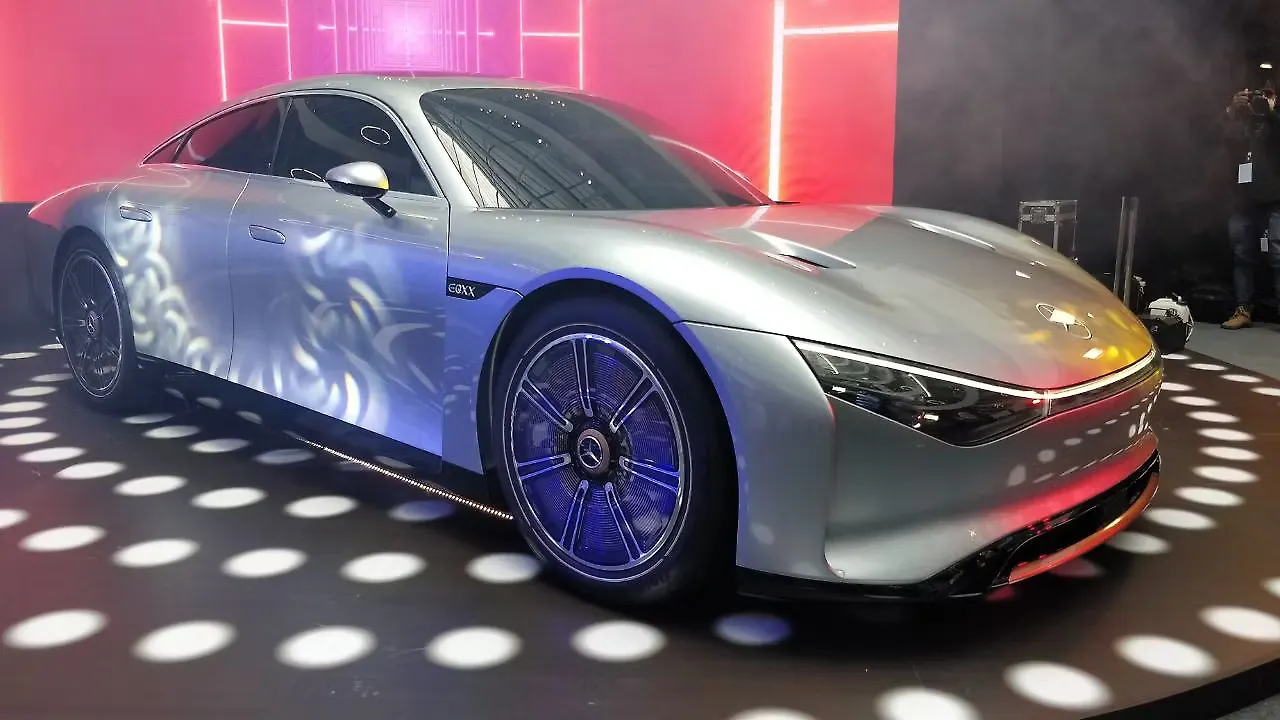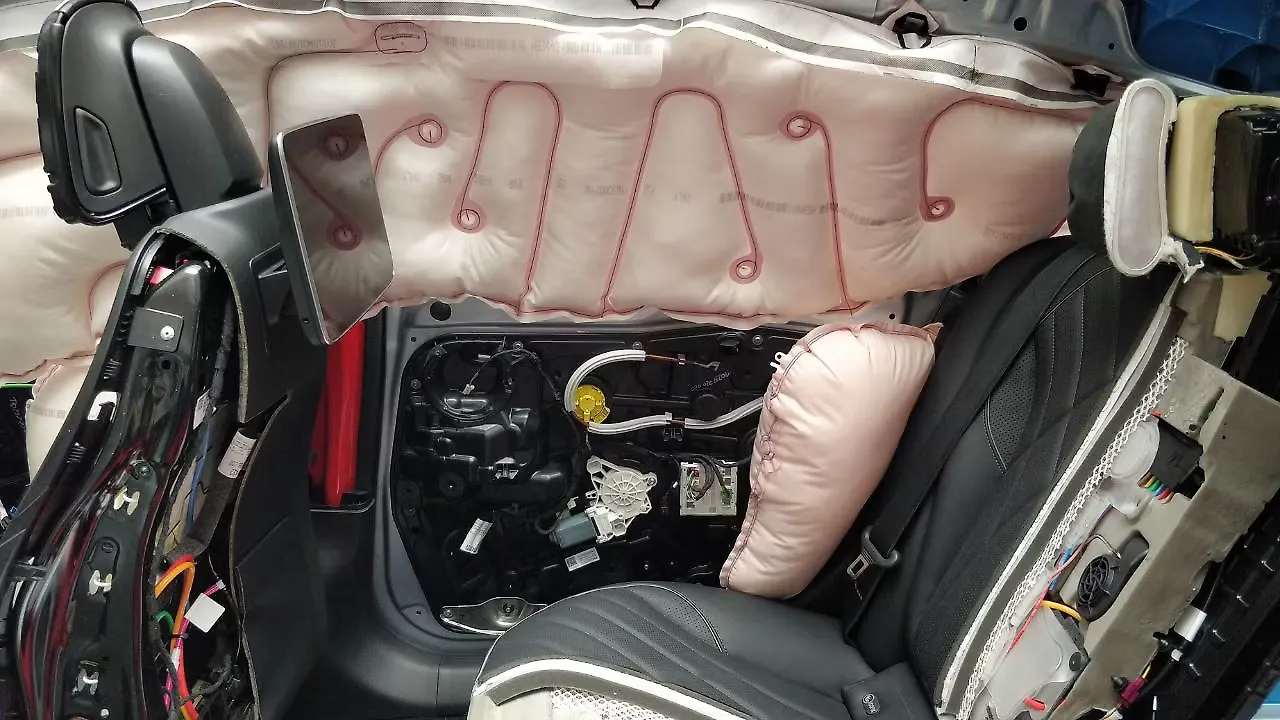
Manu Saale leads the largest R&D set-up for Mercedes-Benz Group AG outside of Germany. With a special focus on ensuring safety of passengers and road users, he leads an extensive team of 6,000+ talented engineers, who play a key role in accelerating the future of smart and sustainable mobility, and delivering world-class solutions across global projects.
What are the challenges MBRDI faced during the process of innovation?
As a company with 130-plus years of experience in mobility, foreseeing the future of mobility has only two challenges; one, we need no incremental innovation anymore; instead, we have to make it disruptive. So technically, we are disrupting ourselves and getting back to pole position. Mass mobility’s biggest challenge is to disrupt itself. One has to move away from the comfort zone and look at the technologies and problems.
There are talks on mixed mode, traffic, vehicles, and animals on the roads. The engineer in me is looking at it through a different lens to say – how do my radar, Lidar and camera still navigate their way as an auto driver zips through his way without touching anyone. Why can’t a car do the same without anybody behind the wheel? This is going to be the software challenge at its best.
How is it for the industry?
In the NASSCOM context, we talk on a much larger scale about India Inc wanting to innovate more and not necessarily lead to IP generation and patents alone. Also, think about solutions for the world than services alone, understanding that we have a cost advantage.
The entire world, not only mobility, is looking at India to take up the next big challenge. And it is for leadership in India, within companies, to take up this challenge. We did it in style at MBRDI, which led to IP generation and many new solutions for the company. I didn’t have to teach them engineering but change the culture of innovation, the mind-set needed to solve the world’s problems.
How do you assess these achievements?
The year 2022 was great as we won three awards for innovation, assessed and recognised by the jury, and also based on the changing culture of thinking within the company.
We are working on the mind-set that’s needed in India to move. I’m sharing the stories because I think when a microcosm can do it, we can duplicate it and turn India into the powerhouse it deserves to be. I am patriotic and proud of what we can do for the world in the next 20 years.

What kind of transformation has MBRDI experienced on account of developing solutions for EVs and even fossil fuels?
We have been involved in all aspects of car development, right from digital styling. Once a clay model is shaved-off somewhere in the world with expert stylists, we surf it digitally and create an envelope that gives the framework to pack everything. From there, we develop BIW, chassis, powertrain, and drivability in many ways besides testing all aspects of the car. In addition, we are involved in writing software for hundreds of ECUs.
Specific to powertrain, on the one hand, we had to manage the technological shifts, skilling or upskilling, moving from one generation to the other. But, on the other hand, we are also mindful that the world is still not fully open for electric yet. Some markets are still asking for IC engines. So we keep two tracks in parallel – I am managing and juggling all those in the centre with part of the capacities still working on the last phases of maintaining the gasoline and diesel products. The new teams have already moved on to think about electric mobility.
Is MBRDI involved in data crunching and managing to support new product development and supporting aftermarket?
There’s a team of more than 250 people supporting one of our business units – Global Services and Parts, our aftermarket sales team.
We handle starting from tickets that land up at our central processing house and digital processing house, when customers call us or when service stations around the world log in to inform us what’s happening, observing patterns in the service and the failure issues that we get acting on specific complaints. Besides, we also see patterns in the data on where and which part of the world is reacting to our products and how things happen on the field. We are crunching petabytes of data here at the centre.
A team of scientists is looking at data generated out of aftersales service and those logged in to our portals and call centres.
Can you tell us about the work being done by MBRDI on technologies such as AI, AR/VR, IoT etc.?
In 2019, we were able to showcase the first AI in the car in the GLC in India. We recognised the need for edge computing power in the car, even with poor connectivity, to have decision-making capabilities on neural networks working in the car. What you see as gesture in the GLC, and certainly in the S Class today, is largely done out of the centre here.
We see more possibilities with the amazing computing power available to us and some smart chips that are coming around to do AI on edge, that we can build even more intuitive functions for the customers within the car.
The Centre of Competence for this lies right here. We are also seeing how markets in China, for example, are pushing AI into products to the next level. So, whatever we tried with gesture, China is a market showing how far we can push AI. We believe there are many opportunities we can do with AI in the car. It is necessary to have a stable development network for production-grade AI, which is what we aim to build out of Bengaluru.
How do you address the poor network and security issues?
Well, there are discussions about where the network is headed. We certainly are a big player when it comes to telecom companies who want to talk about connected, hyper-connected cars and what they can do to us. There were discussions even in India when we first brought the connected car. It is a matter of another industry – telecom – looking into business cases, how to use it, etc.
Cyber security, both in and outside the car, is a hot topic within the company. We also have teams supporting it. Our company is actively involved in building the firewall needed within and outside of the car, and I think Hollywood is giving us enough reasons and imagination on what to do with it.

As a vehicle integrator, Mercedes-Benz needs to manage different suppliers. How do you manage from the electronics and software point of view?
There is an interesting development on that front within Mercedes. There is much vertical integration going on in the industry. They write more lines of code themselves than we did ever before. You can even say it’s done out of India.
For all the technology change that’s happening around us, I think, before they get commoditised in some ways, you will see more years of vertical development and integration and own development that happens within that space. We must watch that space in the industry where companies are doing things alone. And I noticed it’s not just the car industry that’s doing it. Wherever technology plays a role and dynamics are high, it is a grave evolution, and everyone ends up doing a lot by themselves; we are in that phase right now.
And the answer to the middleware is our MBOS – Mercedes Benz Operating System. It supports our hardware layers below and welcomes an ecosystem to join us on top.
What is your view on low-code and no-code? Will it affect the automotive industry; if so, how will you manage the existing set-up, and how are you preparing MBRDI for the future?
Both of these are discussion topics for innovation circles that are thinking not only about AI but also no-code and low-code. The global CIOs often mention that we need to prepare this company for a low code, no code scenario. In-car software will probably go through strict regulatory discussions around no-code scenarios. The security for out-car software or IT has to be taken care of, but this is probably the first to slip into that region in the next few years. So we are preparing for that.
Also Read:
Mercedes-Benz Raises The Bar On Road Safety